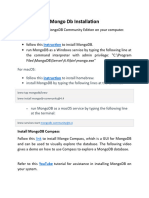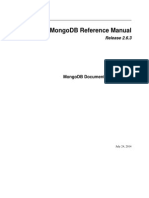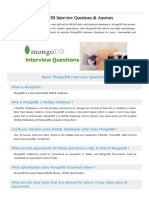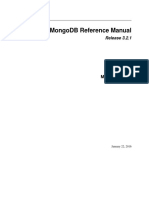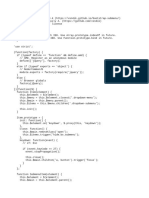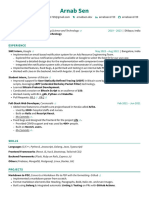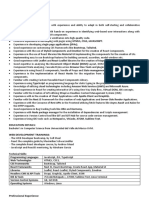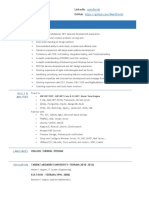0% found this document useful (0 votes)
12 views4 pagesMongo DB
The document provides a comprehensive overview of MongoDB, detailing its document-oriented database structure, JSON/BSON data format, and key features such as scalability and remote management. It includes installation instructions for local setups on Windows and Mac, as well as guidance on using MongoDB Atlas for cloud management. Additionally, it covers CRUD operations, querying, and the use of MongoDB Compass for GUI interactions.
Uploaded by
Teja Tech In TeluguCopyright
© © All Rights Reserved
We take content rights seriously. If you suspect this is your content, claim it here.
Available Formats
Download as PDF, TXT or read online on Scribd
0% found this document useful (0 votes)
12 views4 pagesMongo DB
The document provides a comprehensive overview of MongoDB, detailing its document-oriented database structure, JSON/BSON data format, and key features such as scalability and remote management. It includes installation instructions for local setups on Windows and Mac, as well as guidance on using MongoDB Atlas for cloud management. Additionally, it covers CRUD operations, querying, and the use of MongoDB Compass for GUI interactions.
Uploaded by
Teja Tech In TeluguCopyright
© © All Rights Reserved
We take content rights seriously. If you suspect this is your content, claim it here.
Available Formats
Download as PDF, TXT or read online on Scribd
/ 4








































